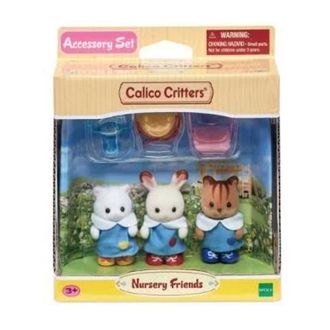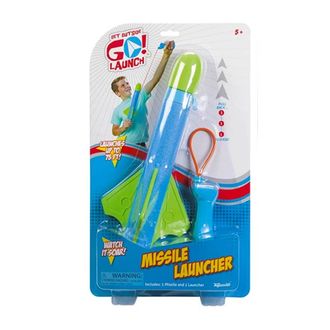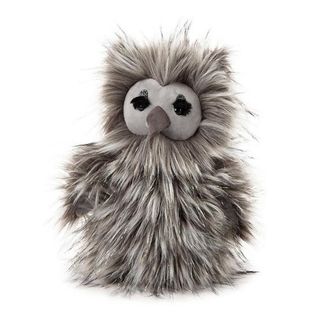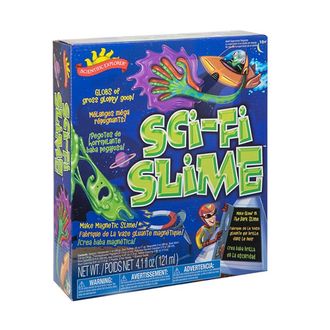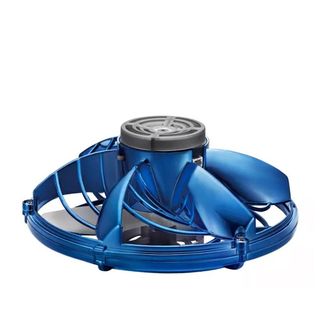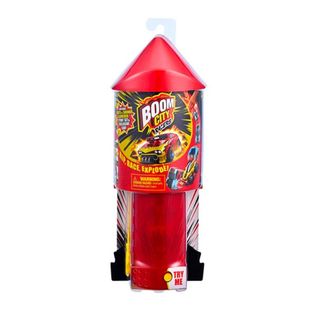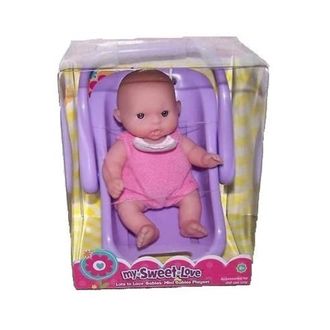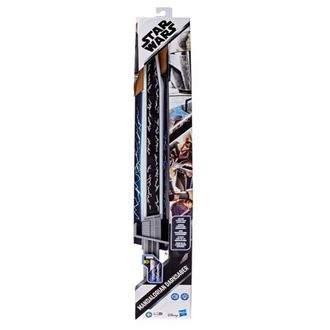TIS THE SEASON TO BE JOLLY....AND SAFE
Decades ago, when I was a little boy aged 7, I begged my mother for a BB Gun as a gift during the coming week of Chanukah. Like most kids my age, our heroes were Roy Rogers, Gene Autry, Hopalong Cassidy and the Lone Ranger, all of whom had not only namesake horses (Hello Trigger, Champion, Topper and Silver) but also guns worthy of their superhero status in the world of 1950's television. I not only wanted but absolutely had to have my first BB gun in order to gain the trust and acceptance of my fellow superhero wannabe's in my neighborhood. Sadly, my grandmother (Nana) who ruled our roost with an iron hand and a fierce dry mop felt otherwise and literally told my mother, "He'll shoot his eyes out!" (decades before Ralphie Parker's teacher, Miss Shields, and even Santa Claus told 9-year old Ralphie the same thing in the immortal film, "A Christmas Story.").
Nana was right, and although she didn't know it at the time, she probably was the major influence that helped shape my values as "The Warnings Doctor." Decades later, I find myself joining thousands of other safety advocates eagerly awaiting the annual announcement from W.A.T.C.H. (World Against Toys Causing Harm), which, according to its website, is:
"a non-profit organization dedicated to educating the public about dangerous children’s products and protecting children from harm. W.A.T.C.H. informs the public about the dangers present in many toys, children’s products, and recreational activities." This year's "winners" should not only surprise but also alarm you, especially if you are about to buy toys for your children or grandchildren that include sickening green slime, accessories to plastic animals that could choke a child or Black Panther claws that could cause eye or facial injuries.
According to a statement released by W.A.T.C.H., “Although intended for fun and entertainment, many toys contain hidden hazards unnecessarily putting children at risk of injury or death,” I know, especially during this critical phase of fighting Covid-19 during which families with children are desperately looking for ways to distract and entertain their offspring, toy safety is absolutely paramount. " Shockingly, classic toy dangers, such as small parts, strings, projectiles, toxic substances, rigid materials, and inaccurate warnings and labels, continue to reappear in new generations of toys putting children at risk,” the organization said. If that statement doesn't cause you concern for the safety of your kids, consider these statistics, again brought to us by the safety experts at Boston-based W.A.T.C.H. There are an estimated 240,000 toy-related injuries to children each year and a child is brought to the emergency room every three minutes for a toy-related injury.
In fairness, The Toy Association, an industry trade group has a different opinion about W.A.T.C.H. and its annual list of dangerous toys:
“By law, all toys sold in the United States must meet 100+ rigorous safety tests and standards,” the association said in a statement. “However, WATCH does not test the toys in its report to check their safety; their allegations appear to be based on their misrepresentation of the mandatory toy standards — and of the priority the toy industry puts on safe and fun play.”The Toy Association said parents and others should always choose age-appropriate toys, encourage safe play, and make sure they purchase toys from reputable manufacturers and sellers.
Whether you believe W.A.T.C.H. or the Toy Association, I believe you need to know the "Ten Worst Toys of 2020" and their potential dangers because, as The Warnings Doctor, I strongly believe that "The More Informed You Are, The Safer You'll Be."
Here they are:
1. Calico Critters Nursery Friends. Potential choking hazards.
2. Missile Launcher. Potential for eye and facial injuries
3. Marvel Avengers Vibranium Power FX Claw. Potential for eye and facial injuries.
4. Gloria Owl. Potential for ingestion.
5. WWE Jumbo Superstar Fists. Potential for blunt force and impact injuries.
6. Sci-Fi Slime. Potential for chemical-related injuries.
7. Boomerang Interactive Stunt UFO. Potential for propellor-related injury.
8. Boom City Racers. Potential for eye and facial injuries.
9. My Sweet Love Lots of Love Babies Minis. Potential choking hazard.
10. Star Wars Mandalorian Darksaber. Potential for blunt force and eye injuries.
From all of us at Goldhaber Research Associates, we wish you and all of your loved ones a very Happy and Joyful AND SAFE Holiday Season!

As Thanksgiving approaches, kitchens across the country are about to come alive with the sounds and smells of holiday cooking. While this season brings family, gratitude, and plenty of delicious food, it also comes with a serious and often overlooked risk: foodborne illness. In the U.S., Salmonella and Listeria remain two of the most dangerous and persistent causes of food poisoning—especially during the holidays, when increased food preparation, crowded refrigerators, and large holiday meals create ideal conditions for bacterial growth.Whether you’re hosting your first Thanksgiving dinner or you’re a seasoned holiday chef, brushing up on a few key food safety practices can help you keep your loved ones healthy and your celebration memorable for all the right reasons.

The race to develop autonomous vehicles (AVs) has reached a pivotal moment. Alphabet-owned Waymo, widely regarded as the frontrunner in the field, has rolled out fully driverless taxis in Phoenix, San Francisco, and Los Angeles, with plans to expand to additional cities. But as more Waymo vehicles hit public roads without human drivers, the question looms large: Are they truly safer than the people they’re replacing behind the wheel?

We are now in the middle of another football season, and the question, as asked every year: Is this sport safe enough for our high school, college, and professional athletes to play? Football has always been a violent sport of collision, glory, and growing concern. Over the last decade, research tying repetitive head impacts to chronic traumatic encephalopathy (CTE) has shaken parents, players, and the game’s governing bodies. The central realities are straightforward but sobering: repeated head impacts — both diagnosed concussions and the many “sub-concussive” blows players take — are linked to later-life brain pathology; helmets and add-ons can lower impact forces, but no helmet or cover has been shown to prevent CTE; and rule and culture changes that reduce the number and severity of head impacts are where the biggest gains lie.

The Centers for Disease Control and Prevention (CDC) has long been viewed as the nation’s front-line defense against disease outbreaks, health emergencies, and public health threats. But today, the agency faces internal turmoil, political interference, and organizational confusion that experts warn could have dangerous consequences for the U.S. healthcare system—and for ordinary Americans.

From July 3–4, 2025, Central Texas—especially Kerr County and the Guadalupe River basin—experienced catastrophic flash flooding that claimed over 130 lives, including children and staff at Camp Mystic. As grief and outrage settle, survivors and officials alike are questioning whether enough was done to warn those most at risk.
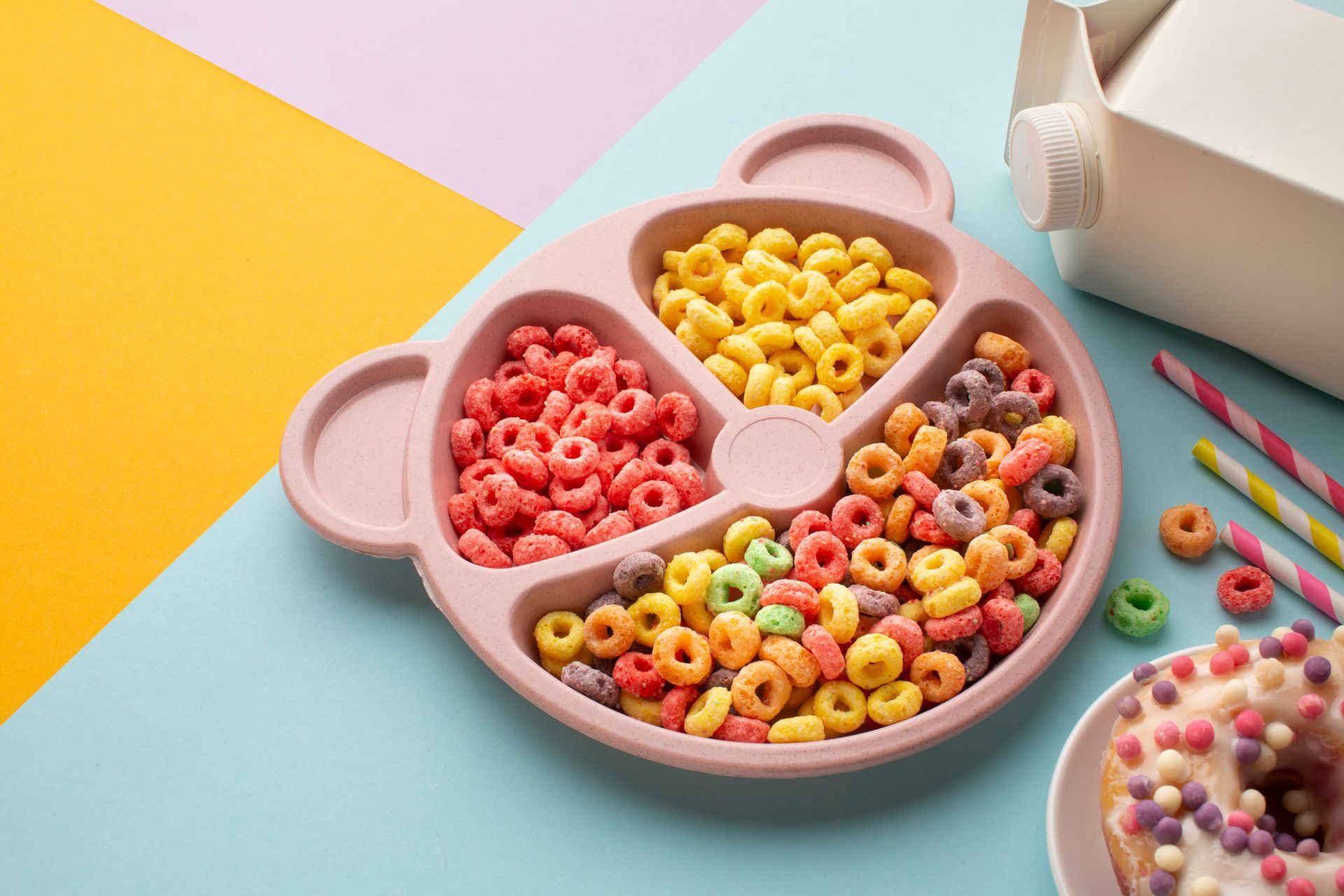
On June 22, 2025, Governor Greg Abbott signed Senate Bill 25 (SB25), known as the Make Texas Healthy Again Act. Beginning January 1, 2027, Texas will require prominent on-pack warning labels whenever food sold in the state contains any of 44 specific additives—including synthetic colorants like Red 40, Yellow 5, Blue 1, titanium dioxide, bleached flour, and partially hydrogenated oils. The mandated label must declare the following:
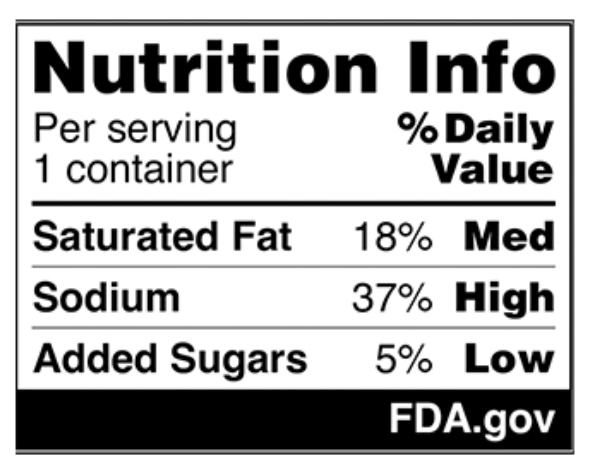
The FDA is delaying implementation of a rule that would require food companies to print nutritional information on the front labels of their products. The proposed rule was developed by President Biden’s Administration, with a comment period scheduled to close on May 16. The rule is designed to help consumers make better choices to avoid chronic health problems. Such problems—and consumer choices about nutrition—are things President Trump’s Secretary of Health and Human Services, Robert F. Kennedy Jr., has repeatedly touted. Even though hundreds of comments have been filed about the proposed rule, Kennedy’s Food and Drug Administration is delaying the close of the comment period by 60 days. Most of the comments filed so far have come from food companies and food industry trade organizations. “ A 60-day comment period extension allows adequate time for interested parties to submit comments while also not significantly delaying rulemaking on the important issues in the proposed rule ,” according to the FDA’s announcement about the delay.
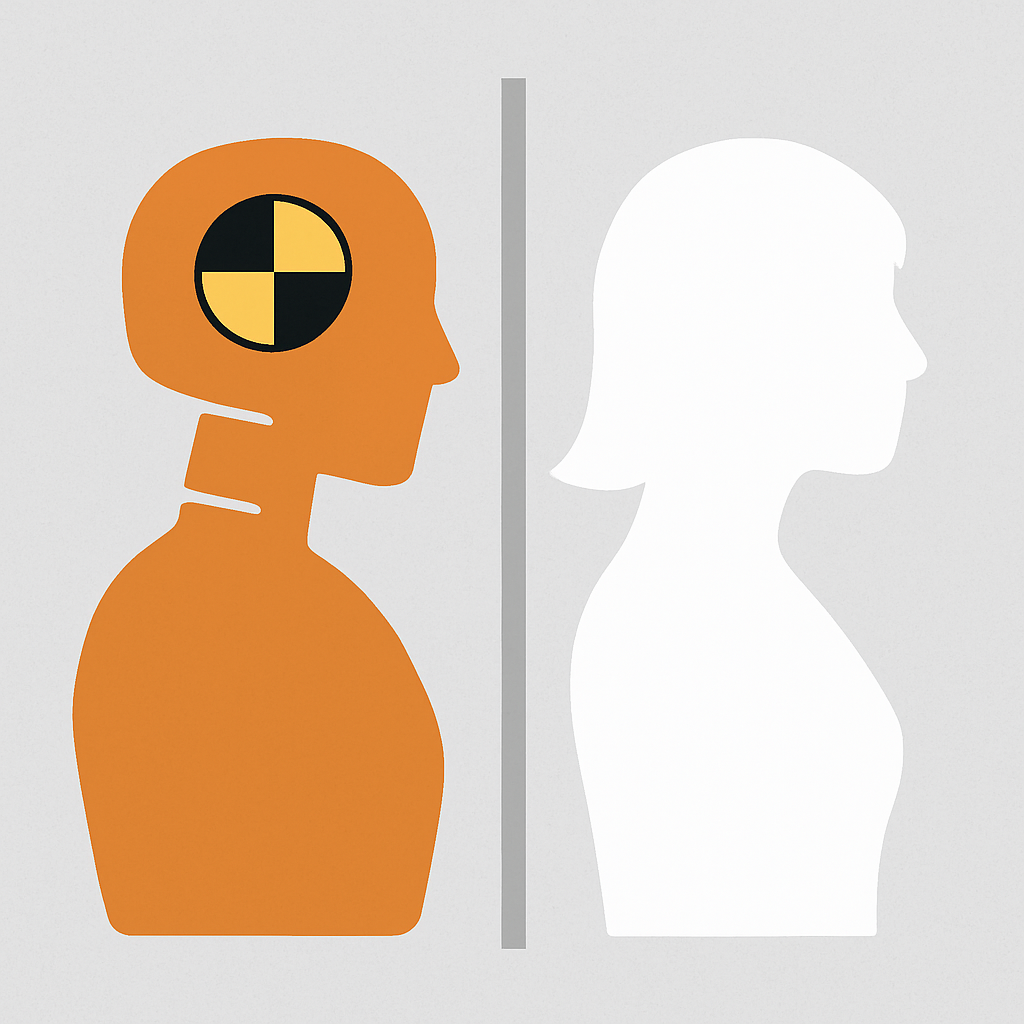
Car accidents are a leading cause of injury and death worldwide, yet the safety measures designed to protect occupants in these life-or-death situations have long ignored a critical reality: women are more likely to be severely injured or killed in crashes than men. This disparity isn't rooted in biology alone—it’s also a result of a troubling oversight in the automotive industry’s safety testing protocols. For decades, crash-test dummies, which serve as proxies for human passengers in simulated collisions, have been modeled after the average male physique, leaving women out of the equation entirely. The Alarming Data Gap The implications of this gender gap in safety testing are both staggering and infuriating. Women, on average, have different body compositions than men—they tend to be shorter, lighter, and have different muscle distributions and bone densities. These physiological differences mean that women’s bodies interact with car safety features—such as seat belts, airbags, and headrests—in distinct ways. When vehicles aren’t tested with dummies that accurately represent female anatomy, crucial data about how to better protect women in crashes is simply ignored. Studies have revealed the dire consequences of this exclusion. Research from the University of Virginia found that women are 47% more likely to sustain serious injuries in car accidents compared to men, even when accounting for variables like seatbelt usage and crash severity. Women are also significantly more likely to suffer whiplash injuries due to the positioning of headrests, which are often designed with men’s neck dimensions in mind. These statistics aren’t just numbers—they represent lives cut short, families broken, and untold suffering that could have been mitigated with equitable safety testing.
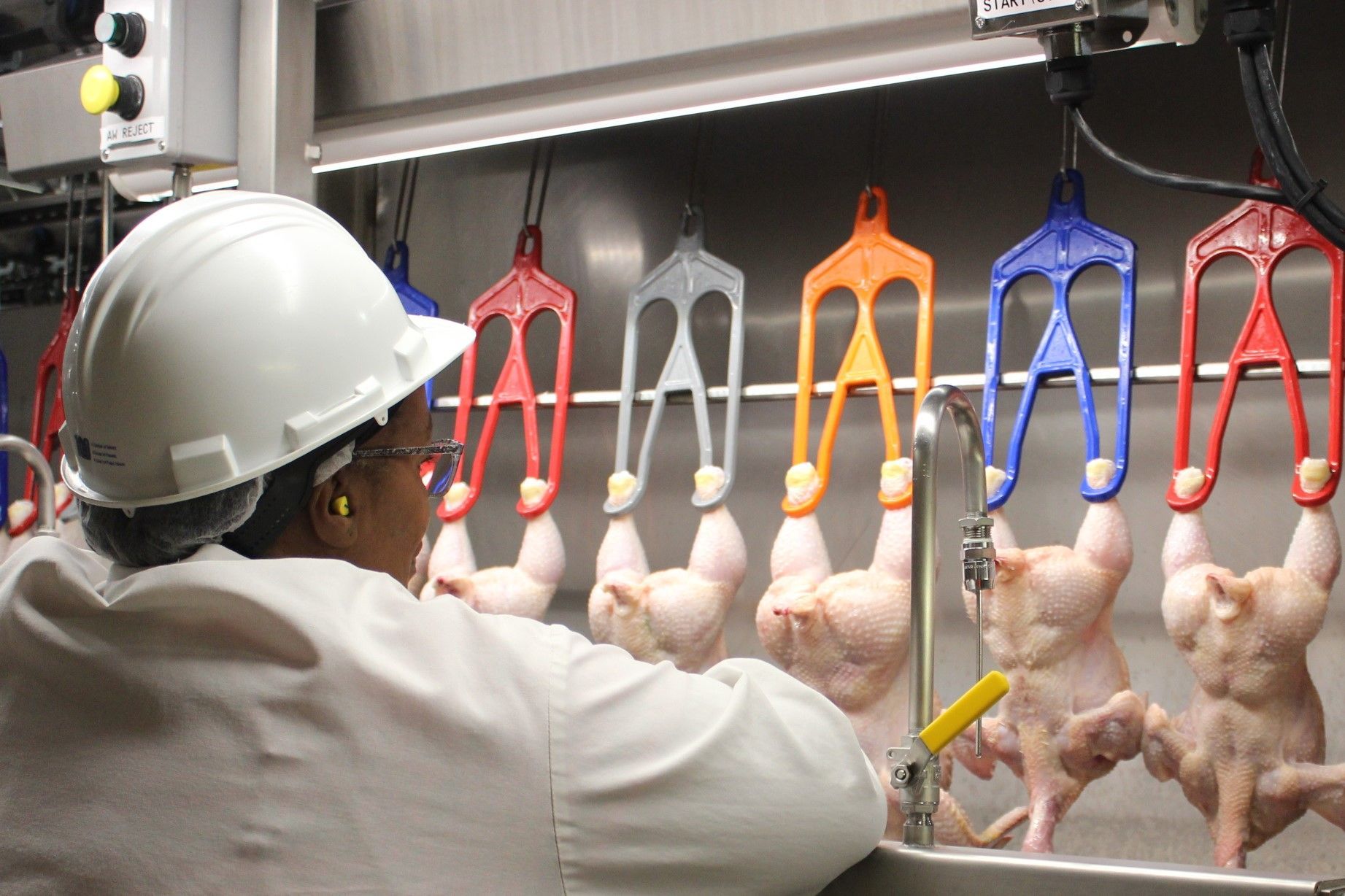
Recent budget cuts at the Health and Safety Science Services (HSSS) have sent shockwaves through the scientific and public health communities, threatening the very infrastructure designed to protect us from disease outbreaks, food contamination, and medical crises. These cuts have affected food inspectors, vaccine scientists, Alzheimer’s researchers, and experts studying bird flu, among others—positions that are essential to ensuring public safety and advancing critical medical research. The consequences of these decisions will be dire, potentially reversing years of progress and exposing society to increased health risks.

As Elon Musk's Department of Government Efficiency (DGE) pushes for sweeping reforms and cost-cutting across federal agencies, concerns are mounting over the impact on critical public safety roles. Among the most alarming areas affected is the Federal Aviation Administration (FAA), where staff reductions may threaten the lives of millions of air travelers. The DGE, established with a mandate to streamline government operations and reduce bureaucratic waste, has come under fire for its aggressive downsizing tactics. Critics warn that essential safety personnel, including air traffic controllers, are being cut under the guise of efficiency, leaving the nation's airspace dangerously understaffed.




